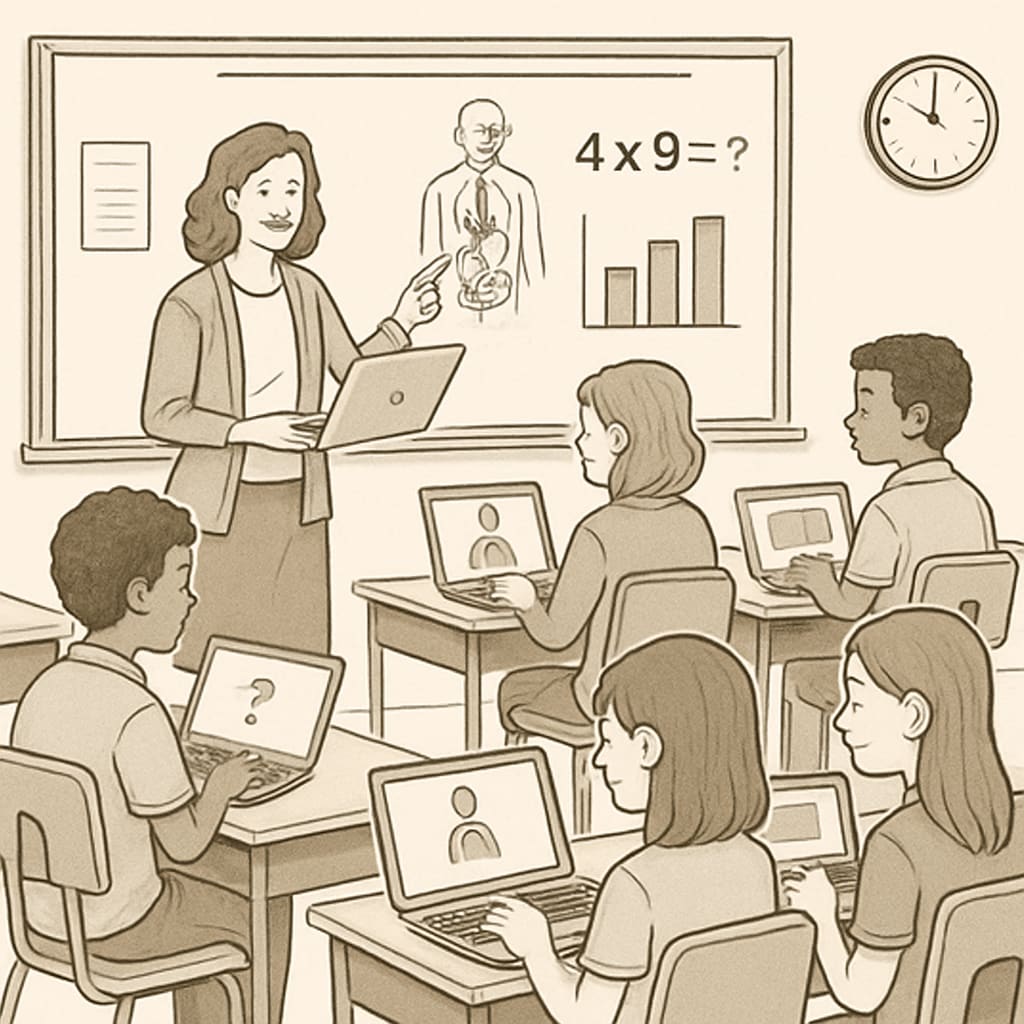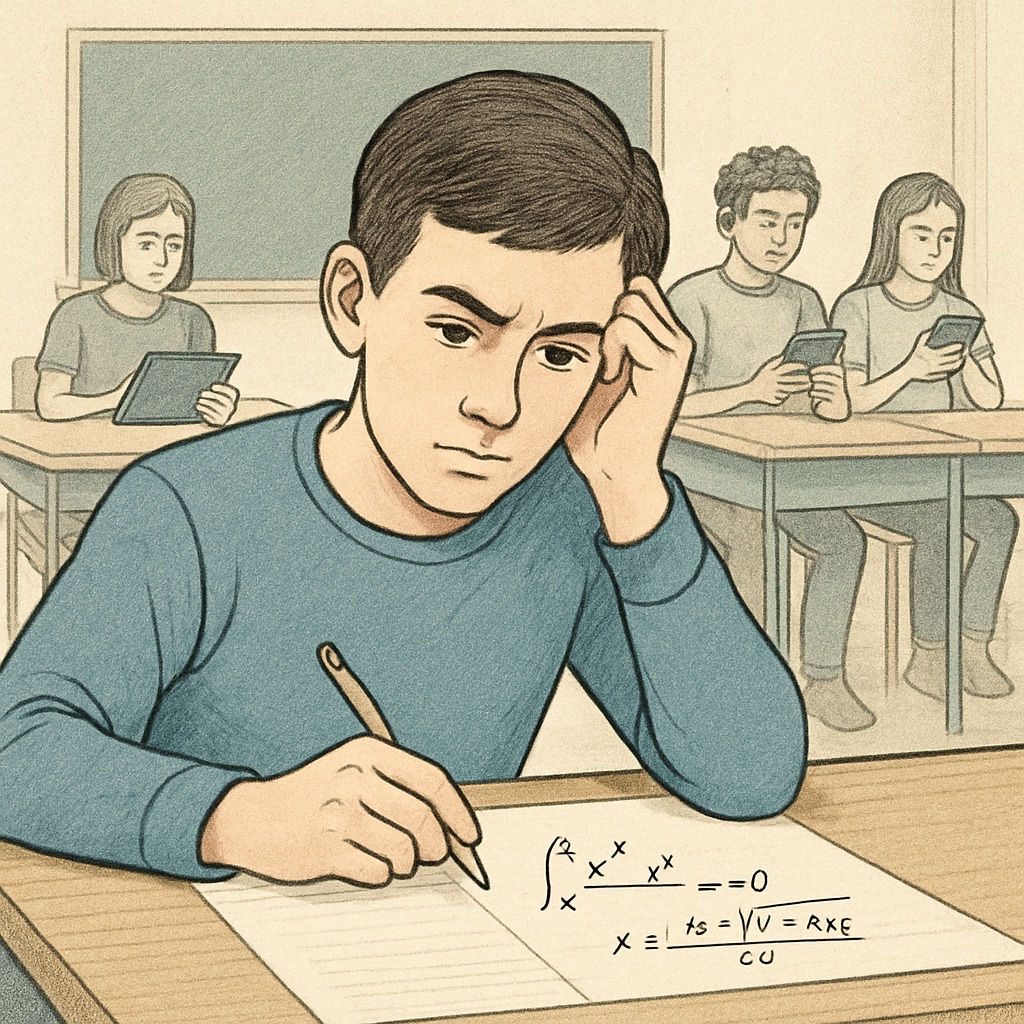The widespread adoption of education technology, including devices like Chromebooks, has reshaped K-12 classrooms globally. While these tools promise efficiency and convenience, their impact on fostering critical thinking in children raises significant concerns. Are we prioritizing technological ease at the expense of nurturing creativity and independent thought in the next generation?
Technology’s Role in Modern Classrooms
Over the last decade, the integration of EdTech, such as Chromebooks, has transformed how students learn and teachers teach. These devices offer instant access to vast educational resources, streamline administrative tasks, and enhance collaborative learning. According to a Wikipedia article on EdTech, such innovations aim to make education accessible and scalable.
For example, Chromebooks allow students to access interactive lessons, participate in virtual classrooms, and submit assignments with ease. Teachers benefit from tools that automate grading and track student progress in real-time. As a result, the efficiency of education delivery has increased dramatically. However, this emphasis on streamlining processes may inadvertently reduce opportunities for deep, reflective learning.

The Risk to Critical Thinking Development
Critical thinking—the ability to analyze information, ask probing questions, and develop reasoned arguments—is a cornerstone of education. However, the reliance on technology for quick answers and structured learning can hinder this skill. For instance, when students depend on pre-designed apps or automated solutions, they may miss the chance to engage in open-ended problem-solving.
Research published by Britannica highlights concerns that overuse of EdTech might limit students’ ability to think independently (Technology and Education on Britannica). While efficiency is achieved, the cost could be a generation of learners who lack the ability to question or innovate.

Strategies for Achieving Balance
To harness the benefits of EdTech without compromising critical thinking, educators and policymakers must adopt balanced strategies:
- Encourage Open-Ended Activities: Incorporate projects that require creativity and exploration beyond structured digital tools.
- Use Technology as a Supplement, Not a Replacement: Combine traditional teaching methods with EdTech to foster diverse learning experiences.
- Teacher Training: Provide teachers with resources to integrate technology in ways that promote higher-order thinking skills.
- Parental Involvement: Engage parents in discussions about balanced technology use at home and school.
By adopting these measures, schools can leverage the efficiency of tools like Chromebooks while still cultivating critical thinking and creativity.
The Future of Critical Thinking in the Digital Age
The ongoing evolution of education technology demands continual reflection and adaptation. As we approach 2025, the role of EdTech in shaping young minds will become even more pronounced. Stakeholders must remain vigilant, ensuring that technological advancements serve as enablers of critical thinking rather than obstacles.
In conclusion, while devices like Chromebooks have revolutionized classrooms, their use must be carefully balanced. By combining the strengths of EdTech with deliberate strategies to foster critical thinking, we can prepare the next generation to thrive in an increasingly complex world.
Readability guidance: This article emphasizes short paragraphs, clear subheadings, and lists to enhance readability. Transition words such as “however,” “in addition,” and “for example” ensure smooth flow, while passive voice use remains minimal.


